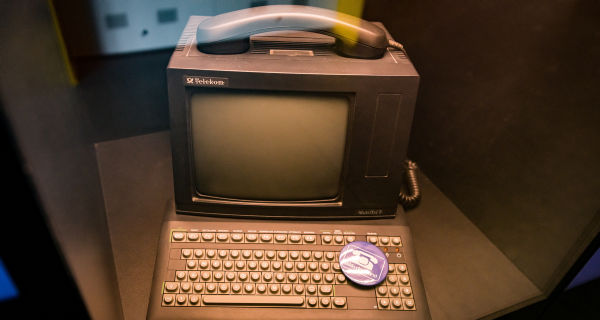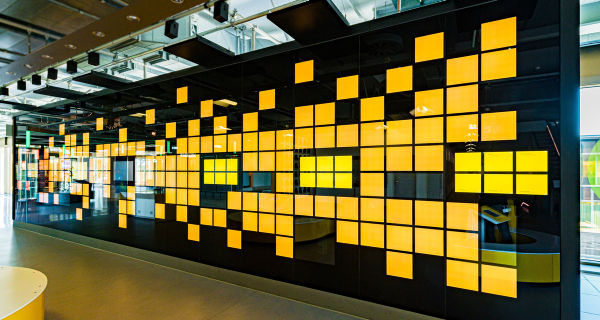The global networking of computers got under way in 1969 at the instigation of the US military with four mainframes at universities in California and Utah. The idea was to create a decentralised communications network that would continue to operate even in the event of nuclear war.
By 1973, this research network had extended to encompass the entire USA and had also established links to computers in Europe. This was when the idea of an “internet” first took hold. The TCP/IP (Transmission Control Protocol/Internet Protocol) developed for this purpose transfers data packages automatically from sender to recipient.
Internet and WWW
The World Wide Web (WWW) is a system of websites that can be accessed via the internet. Its development in around 1990 and the subsequent commercialisation of the internet saw user numbers rise rapidly. Since then, the sweeping momentum of this networking process has extended far beyond the computer world. The internet has become the key infrastructure of a global society and has brought changes to almost all aspects of life and work.
An eleven-metre-long wall presentation on the history of the internet features a spectacular light installation that illustrates interactivity and networking by reacting to visitors’ movements.
Photos, videos and written material offer in-depth information on a wide variety of topics - from online shopping via the mobile internet all the way to internet risks in the form of viruses and Trojans.
A number of original objects are also on show: these include the evolution of cables, a teletext terminal, the last Quelle catalogue, the Big Brother Award and the first object - a coffee machine - to be monitored via webcam. It can be viewed live online here.






